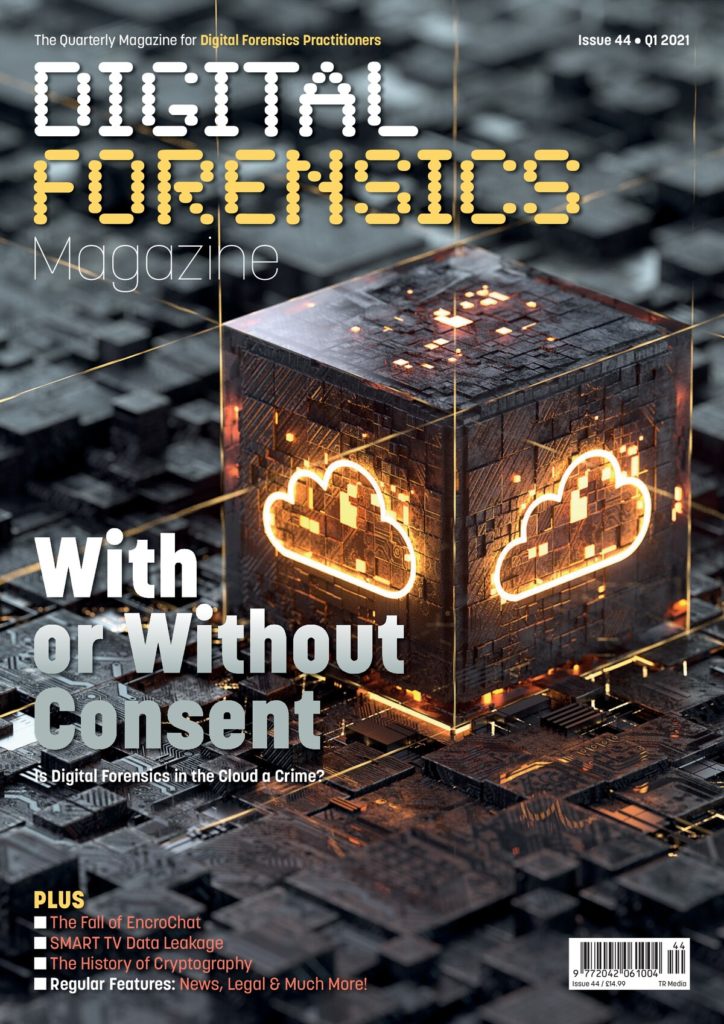Speaker verification in crime research – Using forensic phonetics in identifying criminals (Part 1)
Autor: Dr. Stefan K. Braun
Zeitschrift “Digital Forensics Magazine”
Quarterly Magazine for Digital Forensics Practitioners
Published by TR Media UK, 03/2021
If suspects are to be convicted of their crimes, a language analysis is often considered. The parties to the proceedings often expect more from the results of the analysis than they can offer in a subsequent interpretation of probabilities. Evidential proof is not always possible. The speaker of the crime neither reveals themselves nor are they cooperative.
Certain minimum requirements for the nature of the investigation material are necessary. Results of analysis are subject to a certain margin of interpretation; their results are likelihoods. The uncertainty factor is considerable.
Nearly all analyses carried out is based on a material comparison of original and reference material. The research text focuses on the forms of phonetics and possible voice disguise and imitation of dialects as well as possible comparisons between different languages. A guideline interview, which may be conducted with suspects, offers concrete, case-related instructions for action. Only few case studies are known from the literature. They come from the field of forensic research.
JEL Classification: C91, K14, K42, O33
“Published in the Journal Digital Forensic Magazine, Issue 44, Q1/2021, Publication March 2021, pp. 34-38, UK 2021, Reproduction and reprinting only with the prior written consent of the author and the editors.”
ISSN 2042-0609
Digital Forensics Magazine is a quarterly features and news magazine from the world of computer and cyber crime and digital forensics. The content published in the magazine is all technically reviewed and carries a certain weight of quality that other trade magazines or webzines don’t offer.

